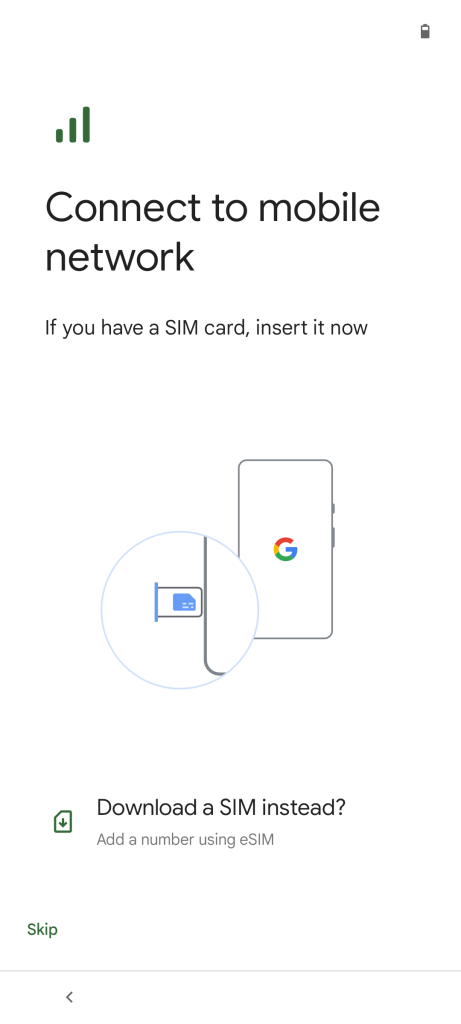
The latest evidence we’ve discovered of Google’s Pixel foldable reveals a device that looks more like the Oppo Find N than the Samsung Galaxy Fold.
For over a year now, we’ve been tracking the development of Google’s first ever foldable Pixel phone. Over the course of that time, it’s gone by two separate internal codenames – first “Passport” and more recently a bird-themed codename, “Pipit.” While the final name is far from confirmed, for simplicity, let’s call it the Google Pixel Fold.
Previously, we’ve been able to show that the Pixel Fold may have a downgraded camera by comparison to the Pixel 6. We can also confirm that the Pixel Fold will feature the same Google Tensor (GS101) chip as the Pixel 6 series.
Late last year, reports had indicated that Google was canceling its parts orders for the production of the Pixel Fold, suggesting that the device wouldn’t reach the market. However, we now have reason to believe that development has continued.
In Android 12L Beta 2, released this afternoon, we’ve discovered new animations that depict how to insert a SIM card into a foldable phone. They appear similar to the animations used when setting up a Pixel today during the stage where the phone asks for a SIM card or eSIM. More importantly, the code for this animation makes reference to the Pixel Fold’s “Pipit” codename.
Before we go any further, it’s important to remember that these are animations in a pre-release version of Android, and it’s possible for Google to alter these or remove them before launch. Simply put, take them with a grain of salt. With that out of the way, let’s check them out:
The first animation, above, shows a folded device that’s somewhat stout in its shape, with an obvious volume rocker on the right-hand side. On the left, we can see what looks to be the hinge, while the SIM card tray is mounted in the bottom. We believe this animation is depicting what will be the Pixel Fold’s smaller, outer display.
Meanwhile, the second animation depicts the same device in its wider, unfolded state. Along both the top and bottom, there’s a small divot where the hinge is located. With this new view of the same SIM installation process, we can gather that the SIM card tray is located on the same half of the phone as the external display. This is also done on the Oppo Find N. Unfortunately, none of the Pixel Fold’s other port or button locations are revealed.
What jumps out to us the most about these likely Pixel Fold-related animations — aside from the fact that they strongly suggest the Pixel Fold is still actively in development, with these animations being added between Android 12L Beta 1 and Beta 2 — is the shape of the device depicted.
Up to this point, many have been expecting Google’s Pixel Fold would be akin to the Galaxy Fold in its size and shape, a roughly 22.5:18 aspect ratio. Instead, these animations show a Pixel Fold that is visually similar to the recently released Oppo Find N foldable, which has a nearly-square 8.4:9 aspect ratio.
With a bit of careful measurement, we believe the depicted device has roughly a 7:8 ratio for its inner display. In comparison to the Oppo Find N, which features a 7.1” inner display, the Pixel Fold was originally rumored to have a 7.6” inner display.
From our own testing of the Oppo Find N, we found that this design had quite a few advantages when using the larger, inner display, particularly as more apps immediately recognized it as wide enough for a tablet interface, rather than simply scaling up the phone-oriented design. Similarly, multitasking was more comfortable as each app has more horizontal room to work with.
With any luck, this design would differentiate the Pixel Fold enough from the Galaxy Fold series, leaving room for Samsung’s and Google’s respective foldables to coexist in the market.
Header image depicts the Oppo Find N
Dylan Roussel contributed to this article
More on Pixel:
- How to get the Android 12L Beta on Google Pixel
- Google rolling out Android 12L Beta 2 for Pixel phones
- New Pixel ‘Curated Culture’ wallpapers mark the new year with beige prints
- Pixel Stand 2nd Gen review: A pricey but almost perfect Pixel power package [Video]
Author: Kyle Bradshaw
Source: 9TO5Google





